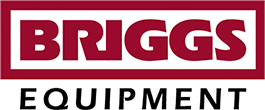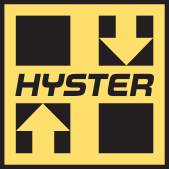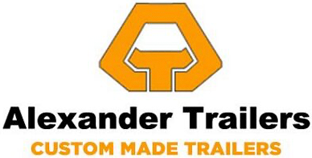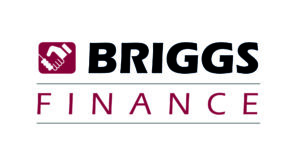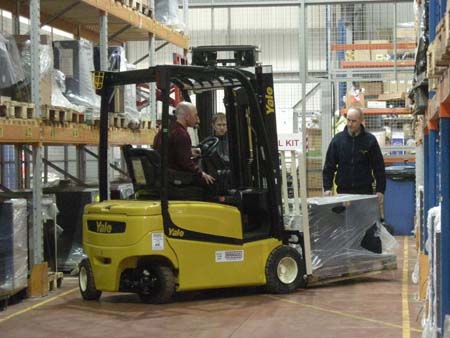
To manage seasonal surges, such as the Easter spike in demand, many supply chain businesses will be looking to hire in additional materials handling equipment along with extra drivers. While agency drivers may not be overly concerned if forklifts pick up a few bumps and scrapes, we have this timely reminder that the company hiring in the trucks is responsible for machine repair bills due to damage.
Allan Parsons, National Rental Manager at Briggs Equipment, says: “Logistics companies tend to be well-prepared for the Easter rush because it happens every year and experience has taught them the benefits of planning ahead. However, they don’t always think about the damage implications of using temporary staff at other times.
“Our aim is to remind any business that hires in forklift trucks and drivers to increase their capacity for a short period about the importance of managing the situation properly so that they don’t get stung with expensive repair bills at the end of the equipment hire contract.”
Briggs has come up with ten top tips to help prevent damage to forklift trucks, goods and property, and reduce the risk of injury to the workforce.
The advice to managers of materials handling equipment fleets is:
- Ensure that temporary staff are qualified and properly trained to operate the equipment they will be using.
- Familiarise drivers with lift trucks. The pedal arrangement on forklifts with a hydrostatic transmission is different to that on machines with a power shift transmission and it’s easy for drivers to get mixed up and run into something.
- Impress upon drivers the importance of carrying out a daily check before they start their shift. If drivers have any concerns or spot any faults, they should report them immediately.
- Choose equipment fitted with reversing bleepers or other safety systems designed to alert drivers to obstacles and pedestrians, so that everyone knows to proceed with caution.
- Remember that speed is a major factor in accidents involving forklift trucks. Agency drivers may not appreciate stopping distances and loads may fall off. Typically, short-term hire trucks are supplied with the factory settings, but it is possible to reduce the likelihood of accidents – and equipment damage – by specifying trucks that are speed restricted. Equipment on hire from Briggs is limited to 5-8mph.
- Be aware that not all agency drivers will have English as their first language, so equipment familiarisation, including the forklift’s dimensions and the size of the turning circle, is key to improving workplace safety and reducing equipment damage.
- Explain to drivers the need to be extra vigilant during the night shift. Historical data shows that more accidents occur at this time, so make sure that drivers take proper breaks and don’t drive while tired.
- If the forklift is fitted with a paper roll or Bale clamp, consider hiring equipment with gated hydraulics. If a load is dropped it is likely to damage goods and racking as well as the truck, and may well injure someone. Gated hydraulics eliminates the potential for drivers to accidentally pull the wrong lever.
- For more accurate logistics management give serious consideration to hiring equipment fitted with a telemetry system. The data enables you to identify the time and date of any impact and who was driving so you can take follow up action.
- Work with a reputable supplier, which will make sure trucks are serviced and maintained properly, reducing the likelihood of damage due to brake failure.
To learn more about the ways to reduce equipment damage, watch our video about fair wear and tear.

